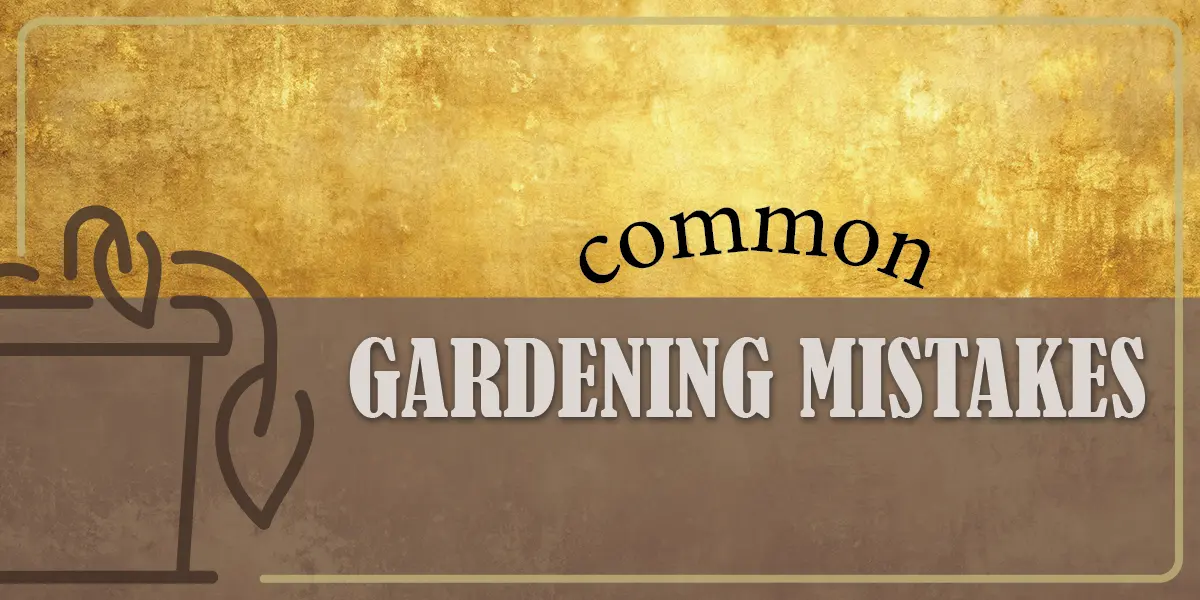Are you the neighborhood brown thumb? The wannabee master gardener who has mastered only plant destruction?
There may be a problem with your gardening technique (duh!) that undermines the health of your plants.
In this blog, we list the most common gardening mistakes and what you can do to correct them.
1.Overwatering or Underwatering Your Plants
Watering is the single most important factor in gardening, yet it’s one of the easiest to get wrong.
Overwatering can spoil roots, while underwatering leads to wilting and death.
- Check the soil moisture level before watering by sticking your finger into the ground. If it feels damp, hold off on watering.
- Water deeply and infrequently rather than shallowly and frequently.
- Use mulch to help retain soil moisture.
Pro Tip: Invest in a moisture meter to remove the guesswork from watering.
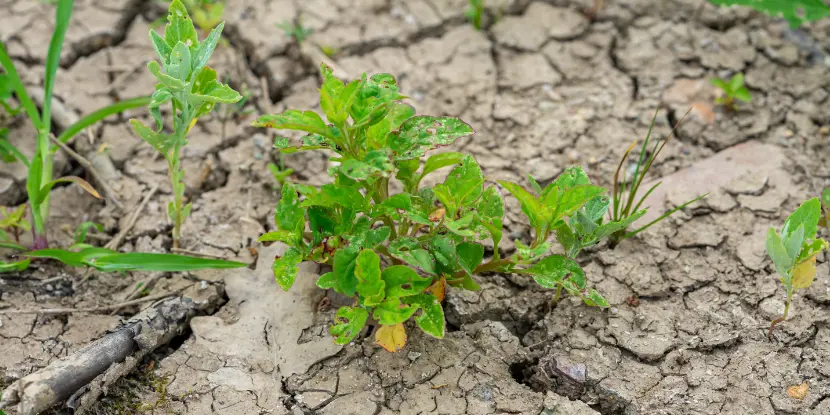
Overwatering and underwatering are the most common gardening mistakes.
2. Planting in the Wrong Location
Not all plants are happy in the same environment. Plant placement matters more than you think.
- Do your research to determine what type of environment each plant needs.
- Consider factors like sunlight, soil pH, and drainage before planting.
3. Planting at the Wrong Time
Cabbage is a cool-weather crop with a very different planting time than tomatoes.
- Follow seed packet instructions or research the ideal planting time for each type of plant.
- Track local weather patterns and adjust planting times accordingly.
4. Neglecting Soil Quality
Great gardens start with great soil. Poor soil lacks the essential nutrients plants need to grow strong and healthy.
- Test your soil’s pH and nutrient levels using a soil testing kit.
- Add compost, manure, or organic matter to improve fertility.
- Keep your soil structure loose and well-draining.
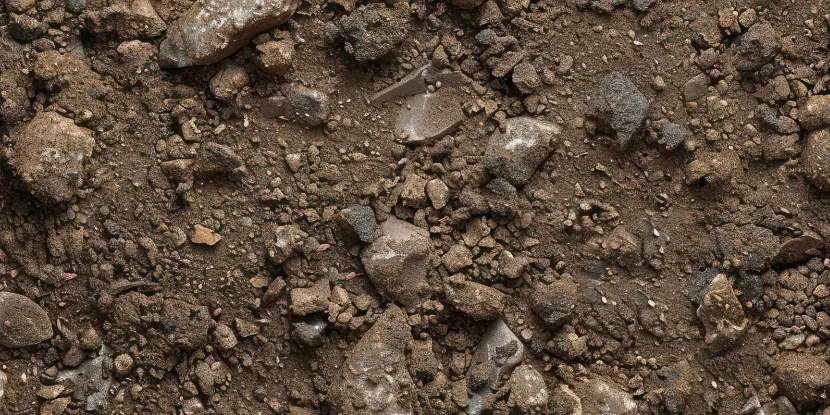
Poor soil lacks the essential nutrients plants need to grow strong and healthy.
5. Not Providing Adequate Nutrients
Most plants need supplemental nutrients for health, especially if planted in poor soil.
- Apply organic fertilizers or add compost to provide essential nutrients.
- Follow instructions on fertilizer labels carefully to avoid over-fertilizing.
6. Not Pruning or Deadheading
Proper pruning and deadheading promote healthy plant growth and encourage flowering and fruiting.
- Research proper pruning techniques for each type of plant.
- Regularly remove dead flowers to encourage new blooms and prevent seed production.
- Prune damaged or diseased branches to prevent the spread of pests and disease.
7. Using Chemical Pesticides
Chemical pesticides can harm beneficial insects, pollinators, and plants. Opt for natural pest control methods instead.
- Use natural predators like ladybugs or praying mantises to control pests.
- Plant companion plants that repel pests or attract beneficial insects.
- Handpick larger pests like caterpillars and beetles.
- Use organic pest control methods like neem oil or insecticidal soap if necessary.
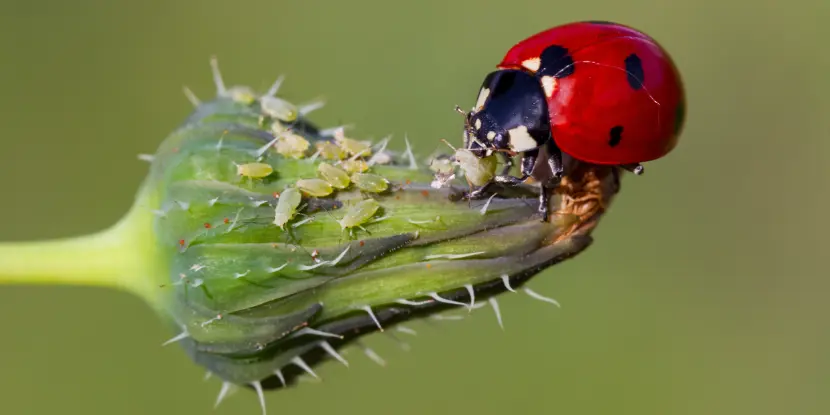
Ladybugs are natural-born killers… of aphids, that is.
8. Planting Invasive Species
Some plants may take over your garden and smother others if not controlled.
- Research which plants are considered invasive in your area.
- Use native plant species to support local ecosystems and avoid invasiveness.
9. Not Rotating Crops
Planting the same crop type in the same location year after year can deplete soil nutrients and increase disease risk.
- Follow a crop rotation schedule to allow for natural replenishment of soil nutrients.
- Rotate crops based on their classification (e.g., root crops, leafy greens) to prevent the buildup of pests and diseases.
10. Neglecting Weeds
Weeds compete with your plants for nutrients, water, and sunlight.
- Regularly pull weeds by hand or use a hoe before they can go to seed.
- Apply mulch to suppress weed growth.
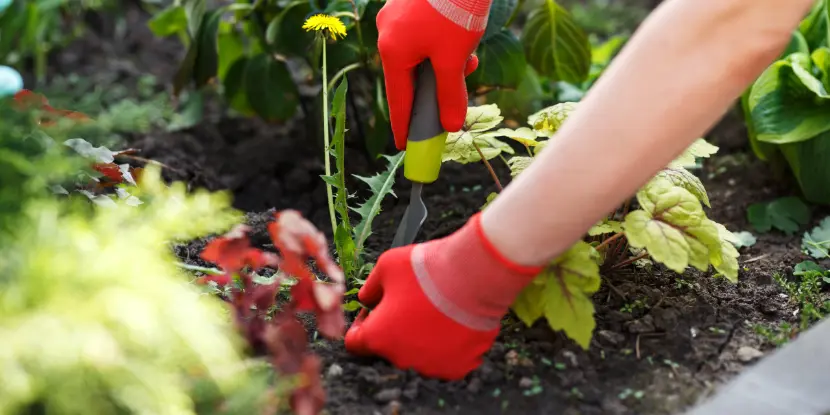
Weeds compete with your plants for nutrients, water, and sunlight.
11. Planting Too Close Together
Overcrowding creates competition for nutrients, water, and sunlight while inviting pests and disease.
- Read the plant labels or seed packets to determine proper spacing.
- Thin out seedlings if they grow too close together after germination.
Pro Tip: Air circulation between plants reduces the likelihood of mold or other fungal diseases.
12. Skipping Mulch
Weeds can take over without mulch. Water evaporates quickly, and temperature control becomes tricky.
- Apply 2–3 inches of mulch around your plants.
- Use organic mulch like shredded bark, straw, or compost for added nutrients.
Pro Tip: Mulch also gives your garden a neat, tidy appearance.

Mulch helps retain soil moisture and suppress weeds.
13. Choosing the Wrong Plants for Your Climate
Some plants won’t survive in climates or environments they aren’t adapted to.
- Research plants that grow well in your local climate zone.
- Visit local nurseries — they typically stock plants suited to your region.
Pro Tip: Native plants are a safe bet for any local garden.
14. Not Planning for Sun or Shade
Some plants prefer full sun, while others thrive in shade.
- Observe your garden throughout the day to determine how much sun and shade each area receives.
- Choose plants that are suited to the lighting conditions of each specific location.
Pro Tip: Use a light meter to measure the light any given spot receives.
FAQs: Common Gardening Mistakes
Q: Can I save an overwatered plant?
You can remove it from the soil and let the roots dry out before replanting in fresh, well-draining soil.
Q: What can happen if I neglect weed control?
Neglecting weed control can lead to decreased plant growth and productivity and an increased risk of pests and diseases.
Q: Why is mulching important?
Mulching helps retain moisture, suppress weeds, regulate soil temperature, and add nutrients to the soil as it breaks down. It also gives your garden a neat appearance.
Q: How often should I water my garden?
That depends on factors like climate, soil type, and plant type. Generally, it’s better to water deeply a few times a week rather than lightly every day. Use a moisture meter or check the soil.
Q: How can I prevent pests naturally in my garden?
Try companion planting, introducing beneficial insects like ladybugs, and maintaining healthy soil. Handpick pests and apply organic remedies like neem oil.
Q: What are the signs of poor soil quality?
Compacted soil, water pooling on the surface, stunted plant growth, and yellowing leaves are signs of poor soil. Testing your soil’s pH and nutrient levels is the best way to diagnose issues.
Q: Why is crop rotation important for a vegetable garden?
Crop rotation prevents nutrient depletion in the soil, breaks pest and disease cycles, and promotes healthier plants. It also ensures that vegetables thrive over multiple growing seasons.
Q: How do I know if I’m over-fertilizing my plants?
Over-fertilizing can cause nutrient burn, which shows up as brown or yellow leaf edges. Plants may also grow excessively but produce fewer flowers or fruit. Always follow the recommended guidelines on fertilizer packaging.

